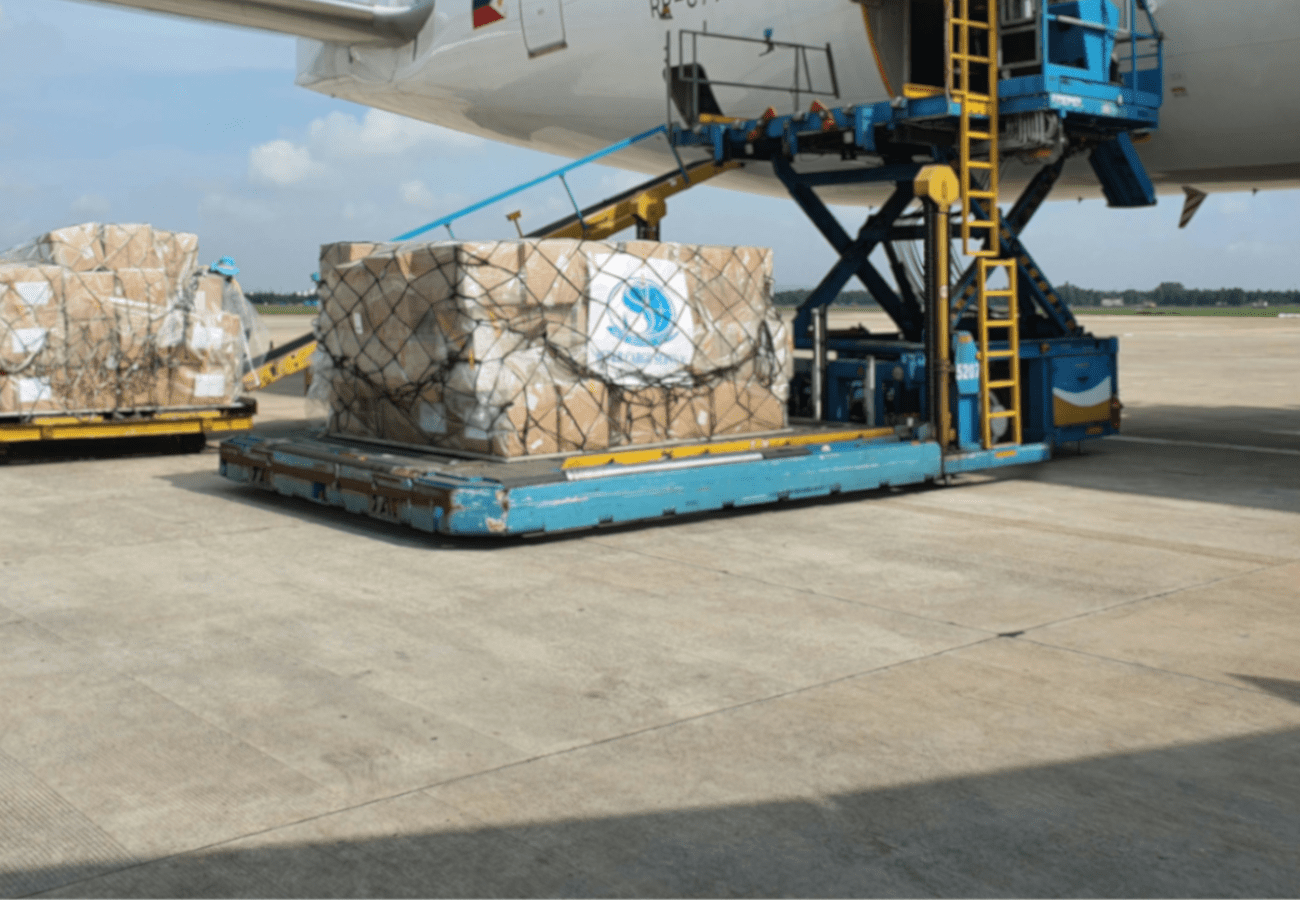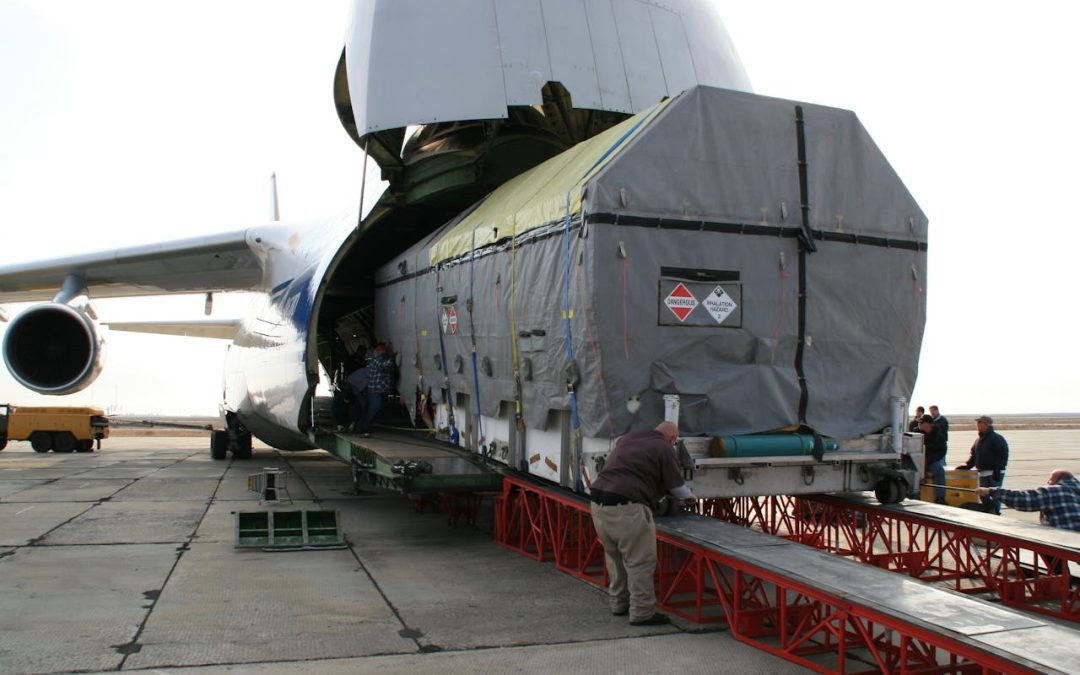Efficient logistics are essential for businesses looking to streamline their supply chains and reduce costs. As transportation expenses rise and sustainability becomes a greater concern, companies are looking for smarter shipping solutions.
One method that has become increasingly popular is consolidated shipping. This is a process where multiple smaller shipments from different businesses are combined into a single container. This allows companies to reduce freight costs, improve efficiency and minimise their environmental impact.
In this guide, we’ll explain how consolidated shipping works, outline its benefits and challenges, and help you determine whether it’s the right solution for your business.
What is Consolidated Shipping?
Consolidated shipping is a logistics method where multiple shipments, often from different businesses, are combined into a single container for transport. This approach is widely used in:
- Ocean freight (Less-than-Container Load or LCL shipping)
- Air freight
- Road and rail transport
Once the consolidated shipment reaches its destination hub, it is separated and distributed to individual recipients. This allows businesses to share transportation costs and optimise container space, making it a cost-effective and efficient option.
How Does Consolidated Shipping Work?
The process of consolidated shipping follows these key steps:
- Collection and Consolidation – Shipments from multiple senders are gathered at a consolidation warehouse.
- Container Loading – The combined cargo is packed into a shared container or transport unit.
- Main Transport – The consolidated shipment is moved via ocean, air or road freight.
- Deconsolidation – Upon arrival at the destination hub, shipments are separated.
- Final Delivery – Each shipment is delivered to its respective recipient.
LCL vs. FCL: What’s the Difference?
- Less-than-Container Load (LCL): Shipments from multiple businesses are consolidated into a shared container. This is a cost-effective solution for businesses that don’t require a full container.
- Full-Container Load (FCL): A single business books an entire container for its own goods. This offers faster shipping and greater security but can be more expensive for smaller shipments.
If you ship smaller volumes or don’t require a full container, LCL consolidated shipping may be the better option.

Benefits of Consolidated Shipping
1. Cost Savings
- Businesses only pay for the space they use rather than booking an entire container.
- Sharing transportation costs with other shippers reduces overall freight expenses.
- Consolidation lowers warehousing and handling costs.
2. Improved Efficiency
- Fewer individual shipments mean reduced handling and administrative costs.
- Supply chains become more streamlined by eliminating frequent small shipments.
- Freight forwarders optimise routes, leading to better delivery schedules.
3. Reduced Environmental Impact
- Fewer shipments result in lower carbon emissions.
- Maximised container space utilisation reduces wasted capacity.
- Eco-friendly consolidation methods help to improve sustainability.
4. Greater Supply Chain Flexibility
- Businesses that don’t regularly require full-container shipping can still access affordable international transport.
- More frequent shipment opportunities without needing large storage space.
- Scalable shipping solutions that adjust to changing demand.
Potential Challenges of Consolidated Shipping
While consolidated shipping has many advantages, it may not suit every business. Here are some potential drawbacks to consider:
1. Longer Transit Times
- Shipments may be delayed while waiting for enough cargo to fill a container.
- Additional handling at consolidation and deconsolidation hubs can slow delivery.
- Less control over shipping schedules compared to direct FCL shipments.
2. Handling Risks
- More touchpoints increase the potential for damage if goods are not packed properly.
- Fragile or sensitive items may require special packaging and labelling to ensure safe transport.
3. Limited Control Over Schedules
- Shipping schedules depend on consolidation timelines set by the freight provider.
- Businesses with strict delivery deadlines may find this option less predictable.

Is Consolidated Shipping Right for You?
Consolidated shipping is a cost-effective and efficient option, but it isn’t suitable for every business. It may be the right choice if you:
- Ship smaller quantities regularly.
- Want to reduce freight costs.
- Can be flexible with delivery schedules.
- Need access to international shipping without requiring a full container.
However, it may not be the best option if your business:
- Requires urgent shipping with strict deadlines.
- Ships large, fragile or high-value goods needing extra care.
- Needs complete control over schedules and handling.
How Millennium Cargo Can Help
Managing consolidated shipments requires expertise, and Millennium Cargo provides secure and cost-effective solutions for businesses of all sizes. With years of experience in international freight forwarding, we offer:
- Expert Consolidation Services – Efficient shipment management tailored to your business needs.
- Reliable Tracking & Logistics Support – Real-time tracking and full transparency.
- Flexible Solutions for All Business Sizes – Customisable shipping options that grow with your business.
Consolidated Shipping: A Cost-Effective Option
Consolidated shipping is a cost-effective, efficient and sustainable solution for businesses that ship smaller volumes. While it may not be suitable for urgent or high-value shipments, it provides significant benefits in reducing costs, improving logistics efficiency, and supporting a flexible supply chain.
If you’re considering consolidated shipping, Millennium Cargo can help streamline the process, ensuring your goods move efficiently and cost-effectively.
Looking for a reliable shipping solution? Contact Millennium Cargo today to find out how consolidated shipping can work for your business.

